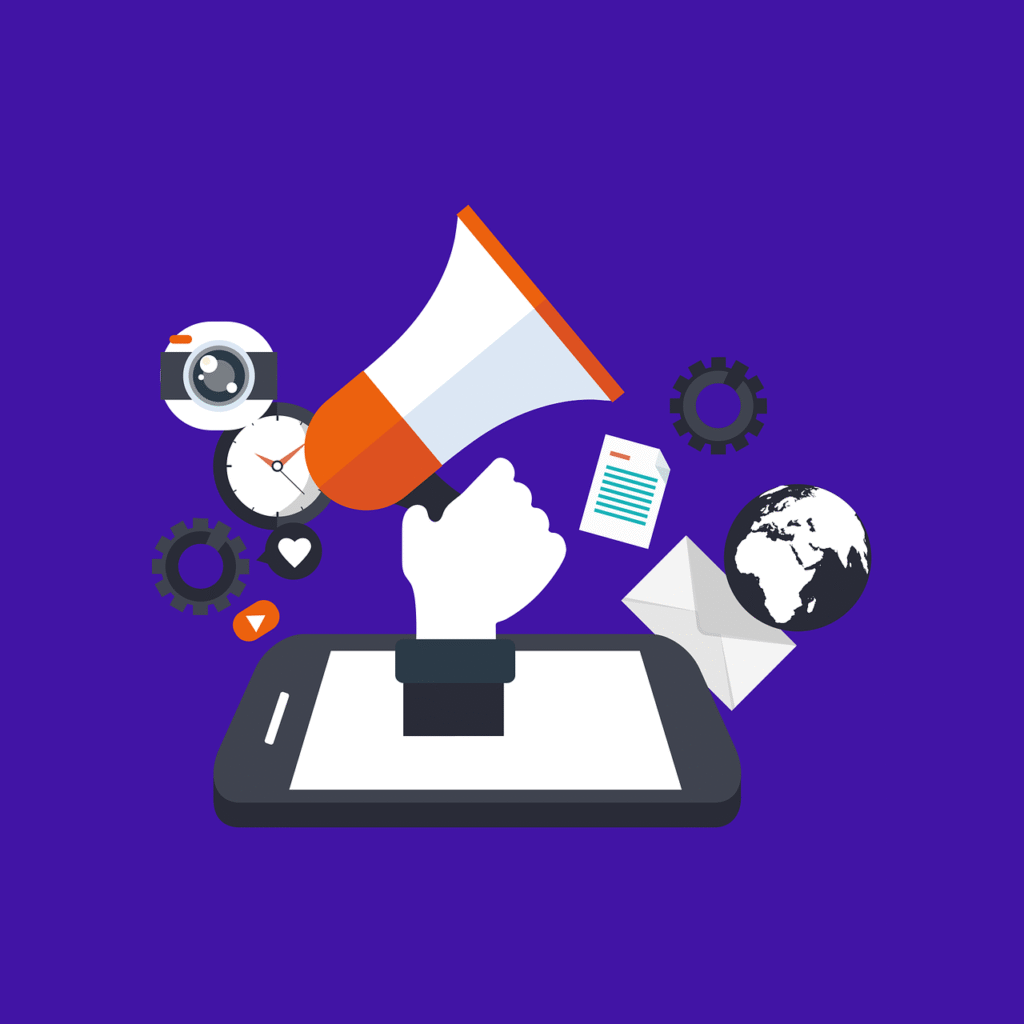Discover the top 5 viral marketing campaigns of 2025 that captivated audiences worldwide. Learn the strategies behind their success and how you can apply them to your brand.
Introduction
5 Viral Marketing Campaigns To Inspire You in 2025 In the fast-paced digital world of 2025, going viral is more than a buzzword — it’s a marketing superpower. Brands that manage to capture attention, stir emotion, and spark conversation can grow exponentially in a matter of days. In this article, we’ll dive into five viral marketing campaigns from 2025 that took the internet by storm and uncover the secrets behind their success.
Whether you’re a small business owner, content creator, or digital marketer, these campaigns offer valuable lessons to help you create content that resonates, engages, and spreads like wildfire.
1. Dove’s #NoFilterConfidence Campaign

Overview
In early 2025, Dove launched the #NoFilterConfidence campaign, using AI-generated imagery to expose the unrealistic beauty standards perpetuated by social media. They invited real women to share unfiltered selfies, promoting self-love and natural beauty. 5 Viral Marketing Campaigns To Inspire You in 2025
Why It Went Viral
- Emotional storytelling: The campaign tapped into deep societal issues around self-image.
- User-generated content: Thousands joined the movement by sharing their own photos.
- Powerful visuals: AI-generated comparisons made the message visually impactful.
Takeaway
Embrace authenticity. Consumers in 2025 crave real, relatable content. If your campaign touches hearts and builds community, virality is inevitable. 5 Viral Marketing Campaigns To Inspire You in 2025
2. Tesla’s User-Powered Marketing Movement
Overview
Tesla continued its tradition of zero traditional advertising by encouraging customers to create and share their own content. In 2025, they launched the “First Drive Experience” initiative, where new owners documented their first moments driving a Tesla and shared them on TikTok and YouTube. 5 Viral Marketing Campaigns To Inspire You in 2025
Why It Went Viral
- Zero ad spend: 100% user-generated.
- Built-in audience: Tesla fans are passionate and vocal.
- Social media ready: Short-form videos made the campaign platform-native.
Takeaway
Empower your customers. Give them tools, challenges, or incentives to create content around your brand. Their voice often carries more weight than polished ads.
3. Pepsi’s Augmented Reality Billboard Experience
Overview
Pepsi installed interactive AR billboards in high-traffic areas like Times Square and Shibuya. Viewers could scan a QR code, activating 3D animations on their phones where Pepsi cans danced, exploded with color, or even displayed user-uploaded photos. 5 Viral Marketing Campaigns To Inspire You in 2025
Why It Went Viral
- Innovative tech: Blended physical and digital experiences.
- Highly shareable: People loved filming their reactions.
- Local buzz turned global: Tourists and locals spread the word.
Takeaway
Use emerging technologies to create memorable, immersive brand experiences. When people interact with your brand in a new way, they’re more likely to share it. 5 Viral Marketing Campaigns To Inspire You in 2025
4. Gymshark’s #Gymshark30 TikTok Challenge
Overview
Fitness brand Gymshark launched a 30-day fitness challenge on TikTok. Users were encouraged to post daily workout videos using the #Gymshark30 hashtag, tagging friends and tracking progress. 5 Viral Marketing Campaigns To Inspire You in 2025
Why It Went Viral
- Community-driven: Created a sense of shared purpose.
- Platform-native content: Designed specifically for TikTok.
- Brand consistency: Reinforced Gymshark’s fitness-first identity.
Takeaway
Meet your audience where they already are. Design campaigns that feel native to the platform and encourage continuous engagement. 5 Viral Marketing Campaigns To Inspire You in 2025
5. IKEA’s AI Room Designer Campaign
Overview
IKEA unveiled an AI-powered room planner that lets users visualize their dream rooms with IKEA furniture. Users shared their designs on Instagram using #MyIKEA2025, sparking inspiration and friendly competition.
Why It Went Viral
- Personalized experience: Everyone’s design was unique.
- Visually appealing: Beautiful, Instagram-ready renders.
- Interactive element: Encouraged creativity and engagement.
Takeaway
Personalization drives engagement. When users feel a campaign reflects their individual style or needs, they’re far more likely to interact and share.
Conclusion
The most successful viral campaigns of 2025 weren’t just clever — they were emotional, interactive, and community-focused. They used storytelling, technology, and user participation to spread organically across platforms.
If you want to go viral in 2025, focus on creating content that:
- Solves real problems or shares powerful messages
- Encourages user participation and creativity
- Takes advantage of platform-specific trends
Remember: Virality isn’t luck — it’s strategy, empathy, and execution.
Ready to Launch Your Viral Campaign?
Need help creating a viral marketing strategy tailored to your brand? Let’s connect and bring your vision to life.
Subscribe to our newsletter for weekly insights, case studies, and marketing tips from the experts.
Related Posts:
- Top 7 Digital Marketing Trends for 2025
- How AI Is Reshaping Content Marketing
- TikTok vs Instagram Reels: Where Should You Invest?




